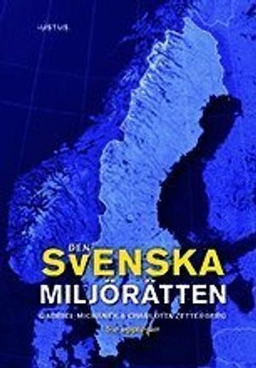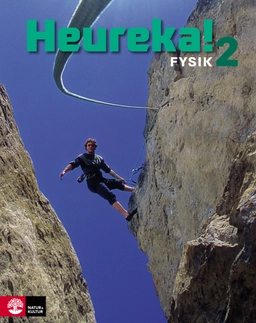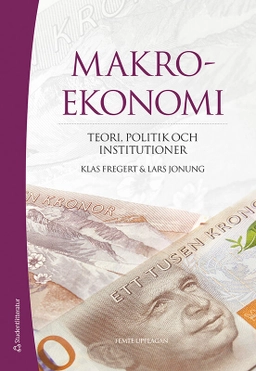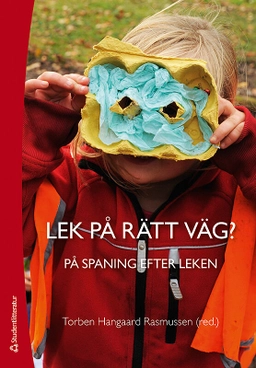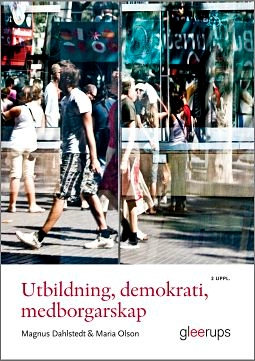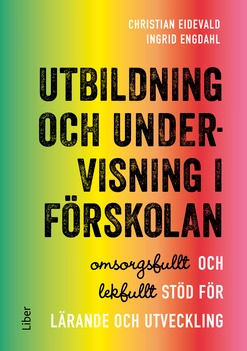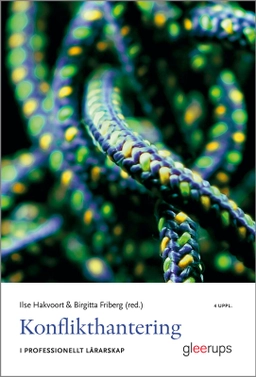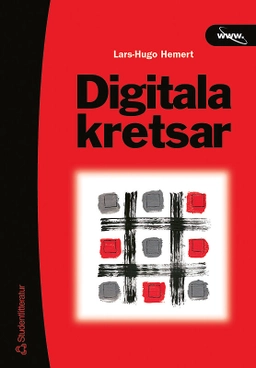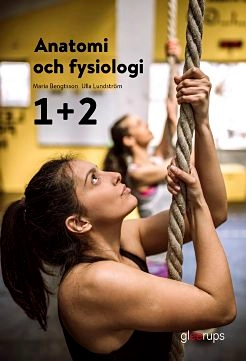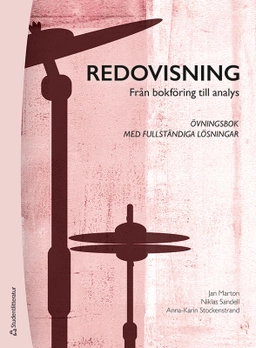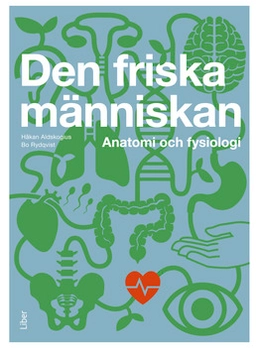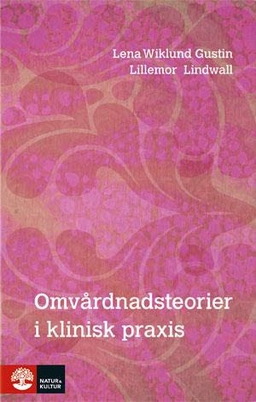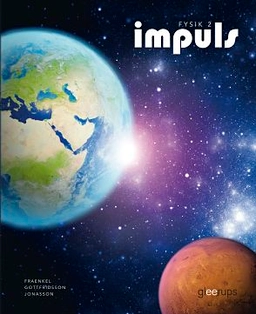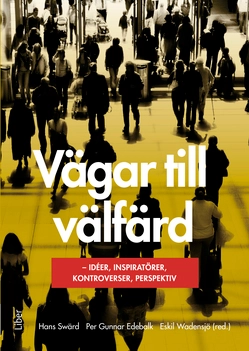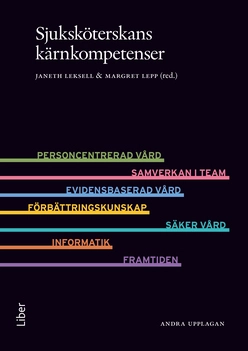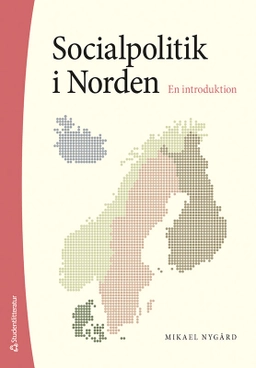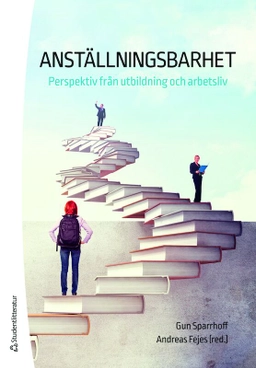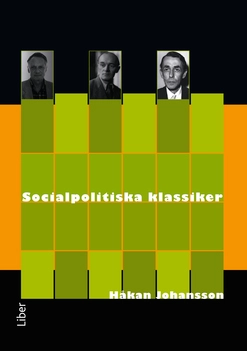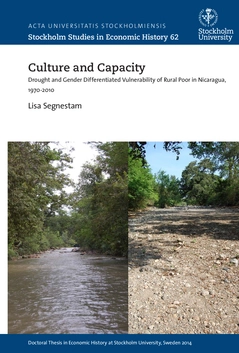

Culture and capacity : drought and gender differentiated vulnerability of rural poor in Nicaragua, 1970-2010Upplaga 1
- Upplaga: 1a upplagan
- Utgiven: 2015
- ISBN: 9789187235702
- Sidor: 134 st
- Förlag: Stockholm University
- Format: Häftad
- Språk: Engelska
Om boken
Åtkomstkoder och digitalt tilläggsmaterial garanteras inte med begagnade böcker
Mer om Culture and capacity : drought and gender differentiated vulnerability of rural poor in Nicaragua, 1970-2010 (2015)
I september 2015 släpptes boken Culture and capacity : drought and gender differentiated vulnerability of rural poor in Nicaragua, 1970-2010 skriven av Lisa Segnestam. Det är den 1a upplagan av kursboken. Den är skriven på engelska och består av 134 sidor djupgående information om miljövård. Förlaget bakom boken är Stockholm University.
Köp boken Culture and capacity : drought and gender differentiated vulnerability of rural poor in Nicaragua, 1970-2010 på Studentapan och spara pengar.
Tillhör kategorierna
Referera till Culture and capacity : drought and gender differentiated vulnerability of rural poor in Nicaragua, 1970-2010 (Upplaga 1)
Harvard
Oxford
APA
Vancouver
